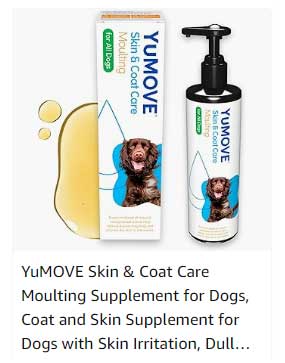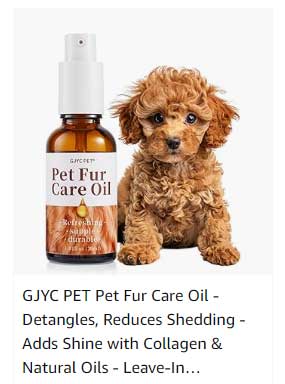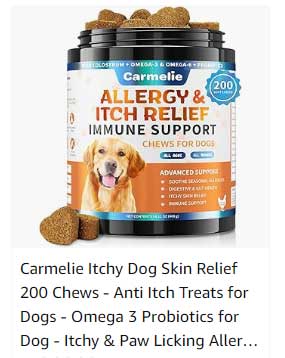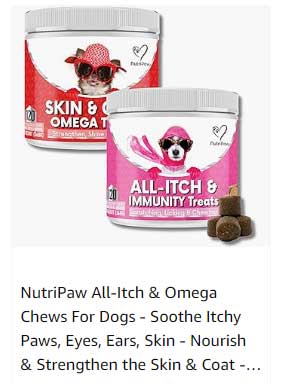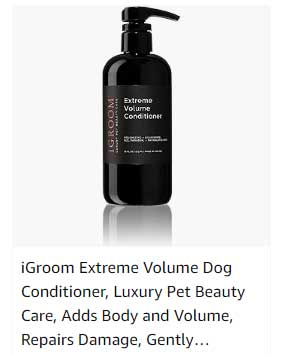Fleas are the arch-nemeses of pet owners worldwide. These pesky critters not only cause discomfort to our beloved furry companions but can also lead to a myriad of health issues. Eradicating a flea infestation is not just about a quick bath and a spray of the usual chemicals. It’s a detailed process that requires patience and strategy to tackle the issue at its root.
DE-FLEAING
In this in-depth guide, we’ll walk you through the most effective methods to de-flea your dog and home, ensuring a clean, healthy environment for your pet and family.
UNDERSTANDING THE ENEMY: WHAT ARE FLEAS?
To wage a successful war against fleas, knowing your enemy is the first step. Fleas are tiny, wingless insects with a remarkable ability to jump. A female flea can lay up to 50 eggs a day—imagine the exponential growth potential of an unchecked infestation.
Fleas thrive in warm and humid environments, which is why they often find dogs to be the perfect hosts. They feed on the blood of their hosts, leading to skin irritations, allergies, and even anemia in severe cases. And if you have multiple pets, it can take no time at all for a single flea to turn into a full-blown infestation.
THE TELL-TALE SIGNS OF A FLEA PROBLEM
Fleas leave clues, and the more vigilant you are, the easier it is to detect them. Look for the following signs:
- Flea Dirt: These tiny specks on your dog’s skin are actually flea feces and are a tell-tale sign that these pests are around.
- Excessive Scratching: One of the first signs you may notice is your dog scratching or biting itself more than usual.
- Red and Irritated Skin: Flea bites often lead to redness, swelling, and irritation in the affected area.
- Presence of Fleas: If you can spot fleas on your dog or in your home, you already have a serious infestation.
Being proactive and closely monitoring your pet and their environment will help you catch the problem before it spirals out of control.
THE DE-FLEAING PROCESS
STEP 1: TREAT YOUR DOG
When it comes to de-fleaing, treating your dog is the most direct course. There are various methods to achieve this, each with its own pros and cons.
FLEA SHAMPOOS
Flea shampoos are a cost-effective way to kill fleas on contact. They offer immediate relief but aren’t long-lasting.
FLEA COLLARS
Flea collars are convenient and can protect against fleas for a few months. However, not all collars work equally well, so effective research is key.
TOPICAL SOLUTIONS
These are liquids that are applied to your dog’s skin between the shoulder blades. They provide long-term protection against fleas, usually up to a month.
ORAL MEDICATIONS
Tablets or chews are given to your dog and work to kill fleas when they bite your pet. They are fast-acting and can provide protection for up to 12 weeks.
FLEA COMBS
Combing your dog with a fine-tooth flea comb can help remove fleas and their eggs. It’s a labor-intensive process but useful for spot treatment.
STEP 2: TREAT YOUR HOME
While treating your dog is crucial, it is equally important to focus on your home, where a sizeable portion of the flea population is often found.
VACUUM EVERYTHING
Vacuum all floors, rugs, and furniture, paying special attention to areas where your dog sleeps. This not only picks up fleas but also their eggs and larvae.
WASH AND TREAT FLEA HOTSPOTS
Wash your dog’s bedding and any other fabric items your dog comes into contact with in hot water and dry on the highest setting to kill fleas.
CARPET TREATMENTS
Specialized carpet powders and sprays can be effective in killing fleas and preventing their reoccurrence. Be sure to follow the instructions carefully, especially regarding pets and children.
PROFESSIONAL HELP
In severe infestations, or if you prefer a heavy-hitting treatment, a professional pest control service may be the best choice. They can offer a variety of treatments from fogging to more natural, pet-safe solutions.
STEP 3: PREVENTING A REINFESTATION
Once you’ve de-fleaed your dog and home, it’s important to take steps to prevent another infestation.
REGULAR TREATMENTS
Continue using a preventative treatment on your dog, whether it’s a collar, topical solution, or oral medication. Consistency is key to keeping fleas at bay.
KEEP YOUR HOME CLEAN
Maintain a regular cleaning schedule, including vacuuming and washing your home and your dog’s items.
KEEP YOUR YARD TIDY
Fleas can live in the yard, so keep your grass cut, remove any unnecessary shrubbery, and keep the yard free of debris.
CONSIDER NATURAL REMEDIES
If you prefer a more natural approach, there are several essential oils that can repel fleas, such as lavender, cedarwood, and lemon. These can be used in diluted form on dog collars, bedding, and in cleaning solutions for the home.
REGULAR CHECK-UPS
Keep an eye on your dog’s behavior and skin condition. As with any pest, catching a flea problem early makes it much easier to manage.
FINAL THOUGHTS
De-fleaing your dog and home is a process, not an event. It requires diligence, an understanding of the pests you’re dealing with, and a multi-faceted approach to treatment and prevention. By following the steps outlined in this guide, you can rid your home of these nuisances and keep them from returning.
Remember, your pet relies on you to keep them comfortable and healthy. A flea-free environment not only ensures their well-being but also contributes to a happier, healthier home for all.
Credit: Original Photo by Åsmund Gimre on Unsplash







